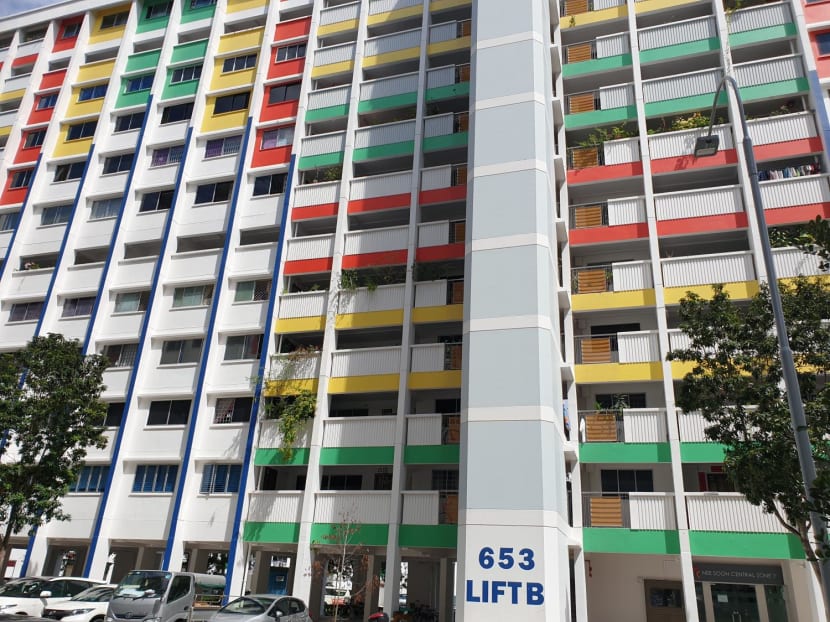Massive waste to take down BPLRT system: Experts
SINGAPORE — Doing away with the Bukit Panjang Light Rail Transit (BPLRT) system would be a massive waste, transport experts said in response to a review of the rail network by the authorities, as they called for solutions that would use existing infrastructure instead.
Service improvements to the Bukit Panjang LRT will allow better commuter movement, capacity and address reliability issues. Photo: Tristan Loh
SINGAPORE — Doing away with the Bukit Panjang Light Rail Transit (BPLRT) system would be a massive waste, transport experts said in response to a review of the rail network by the authorities, as they called for solutions that would use existing infrastructure instead.
They also pointed out that the S$285 million LRT network was doomed from the start for two main reasons.
One, unlike the LRT systems in the newer housing estates of Sengkang and Punggol, the network’s design was not integrated with the town’s plans.
Two, using a proprietary system such as the driverless Bombardier technology meant that options to upgrade the system were limited.
Looking at the options that rail operator SMRT proposed, Professor Lee Der Horng, a transport analyst, said that using autonomous, guided vehicles that run on the existing viaduct would be the most feasible one because it may not require a central control system, which would then reduce overheads.
Transport consultant Tham Chen Munn agreed, pointing out that this particular option would make use of existing infrastructure, with modifications to be made only where needed.
However, both had an issue with the BPLRT’s short life cycle, now that the light rail is nearing the end of its 20-year design lifespan.
Prof Lee, who is from the National University of Singapore, said: “The lifespan should not have been so limited. It should be designed for a longer term of more than 25 years.”
Mr Tham said that the ageing system is the source of the problems, made worse by increasing commuter mobility in the last 10 years.
Prof Lee added that SMRT should set itself up to go for the best options, “instead of being constrained by one or two vendors”.
Having a system with more vendors to go to for upgrading and maintenance options means that costs would be competitive, he said.
Then, there was the issue of town planning. The BPLRT was developed only after the entire housing estate was already planned and built, which was not the case with the Punggol and Sengkang LRT lines.
The S$302 million Sengkang LRT has 14 stations, while the S$354 million Punggol LRT has 15, and both have east and west loops.
Prof Lee said: “The most ideal way of having an LRT system is to integrate it with the town design ... so the overall network or route design, alignment, station spacing, and capacity can gel nicely with the town development.”
“For instance, the LRT lines in Sengkang and Punggol were built close to the housing blocks, so they are within walking distance for the residents. But in Bukit Panjang, this is not the case for some blocks. The network then suffered from poor ridership, which led to poor revenue.”
The Bukit Panjang line has been suffering losses since it started. For the quarter that ended June 30, it posted a S$1.6 million loss. Last year, it was reported that for the financial year ending March 31, losses at the division increased to S$3.8 million, up from S$2.1 million the year before.



